|
I have spoken to you in these little written compositions of some rather weighty matters. Other inclusions meant to provide a bit of drollery and fun as a respite for both you and me. Here I want to offer you a final picture – not specially related to this or any text – but solely shown to you for your enjoyment. Ahead of me now lie writing tasks which I cannot fit into a tight-spaced deadline plan. I hope you liked my weekly series of reflections, as I surely treasure your attention to it. I am told that volumes are written on humor. Somewhere, decades ago I read, “Incongruity inspires laughter.” We know that not all which exists can be personally meaningful to us. When we encounter something which thus captures us it is because this something engages our minds or touches our hearts. Similarly, to inspire mirth, mere incongruity is not enough. The need is for an unfolding remarkably surpassing daily commonplaces. The lovely smile gracing features in a tranquil, happy moment, as well as festive merriment, are – I think – relatives of humor, for they take us, however briefly, above the mundane dullness of existence. When humor in its biting form is put into an utterance, someone will be someone’s prey whose day no longer will be dull. The benign tease looks upon himself as masterful, but does so peaceably and without inflicting pain. It seems an amiable way to have this fun when one’s victim is only pretended, but not real. Harmless Cyclops Breathing in the Cold A Cyclops is a gigantic, man-devouring mythological being with but a single eye. My Cyclops here is “average-man” – a little plump – bald – middle-aged. But if he resembles closely someone another someone knows, that other someone’s laughter can be more gloating than well-meaning. Let me now recall a masterful political cartoon by MacNelly – masterful because there was no victim: a sturdy housewife, during the Bill Clinton years says to a baffled-looking pollster, “I like the dirt-bag.” The “LIKE”-ing and the presidential “dirt-bag” make odd company. Yet the liking takes out all sting from the unwashed name. So some of us, at least, smiled or even laughed indulgently and fondly. Is not such jesting a deal more loveable than that which gains a triumph through sharpening the claws of ridicule? Summary Mirth includes always the endeavor to master the occasion which arouses it. By that feature humor supplies a true and valuable recourse when hard adversity taxes our courage. And it is a fine conceit indeed to find a way to feel indulgently forgiving toward the President of the United States. Even our gift of receptivity, to happy hours we can regard with smiles, subdues for us the drab, and maybe troubling, every-days. A number of the topics in this series were familiar ground of which I sought to improve my understanding. Though I have had my fun, I have never studied how I had it – never studied humor. So I have to hope that this, my first attempt, has not been too awkward and inept.
In Hitler’s Germany Modern Art was a forbidden art. In the first years following the war I saw samples of this art with only uncomprehending eyes. Then in the USA took place at Rhode Island School of Design my first meeting with the art of my own time. It was “love at first sight.” I felt I had arrived to take a part in a sun-rise burst of color and an unprecedented inventive excellence of form. Sometimes that fulfillment seemed in reach just around the corner. Hitler’s stranglehold was the obvious tyranny. Many tyrannies of fashions advancing ever like invasive weeds into the art community bring to us a slyly sneaking, but also more enduring, trouble. The Art Student and the Art School One kind of art in vogue or another dominates from time to time. There is also a seeming plenitude of variety. We note, however, a fashion in our schools which has grown a weighty burden. It is, contempt for what we name “academic learning.” From Modern Art can arise – and partly have arisen – insights of fundamental learning useful to the valuation of any period. In our time all profess admiration for the excellence of Paul Cézanne. That achievement was three-fold: composition, solid form, and color. These are the essentials of the painter’s art. At Yale Josef Albers set up the course for a right study of color and composition. This gain, now lost mostly to neglect and then oblivion, needed to be cultivated and enlarged. Solid form has been my chosen work. This was not a mere modeling in light and shade. Instead, the aim was the precise description of the volumes while taking possession of each surface as a field of action to be creatively explored for free display. It is an oddity that all our art community talks admiration for Cézanne but treats negligently that to which Cézanne gave his industrious care. There are several helps where our talent is not quite enough. My illustration demonstrates that any shape arrangement can be made to fit the perspective situation of any form. Thereby, every surface is made usable as the designer-artist’s personal field of action. Form Description |
Johannes
|
| von Gumppenberg | Johannes Speaks |
|
|












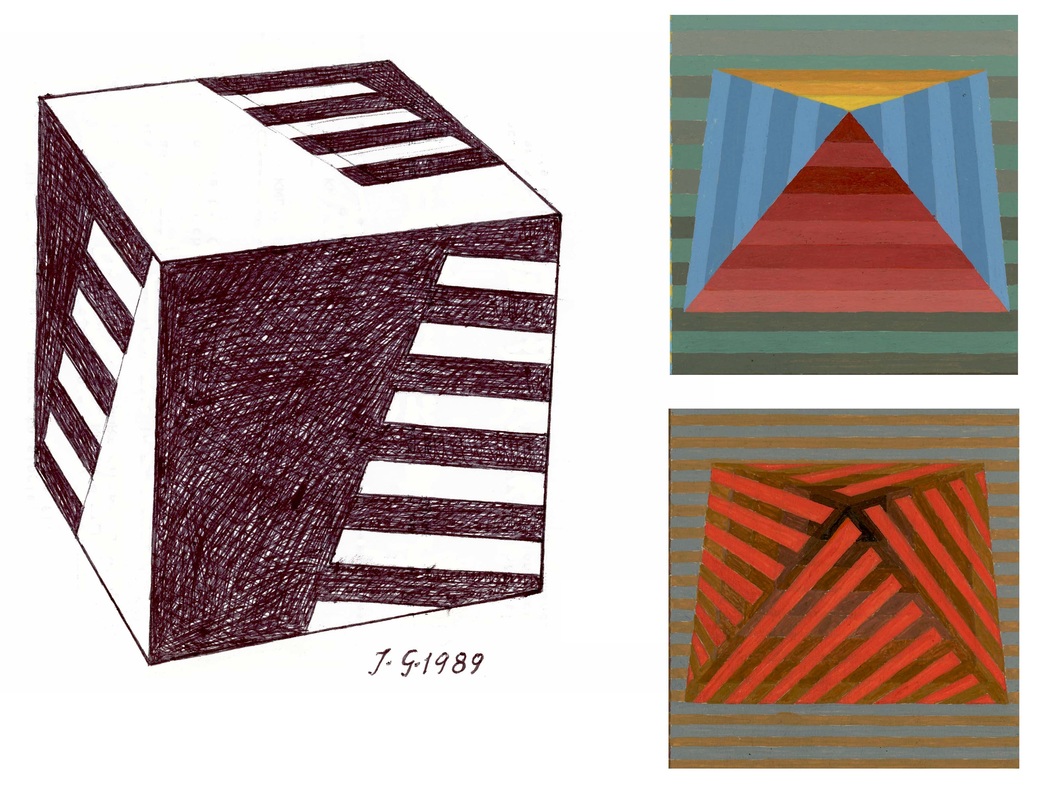

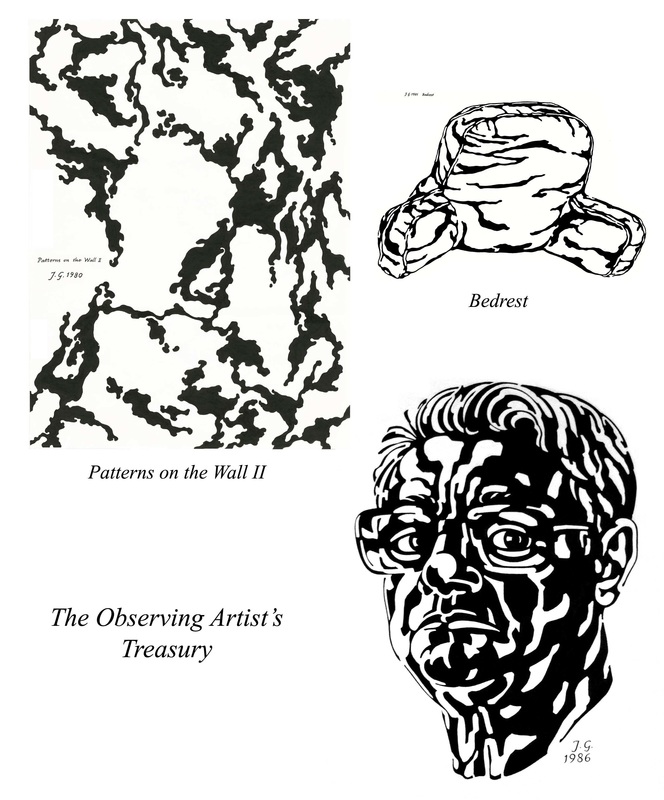












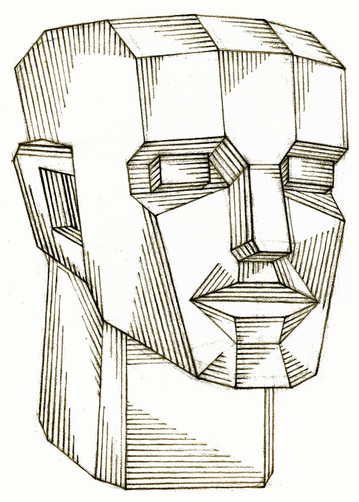

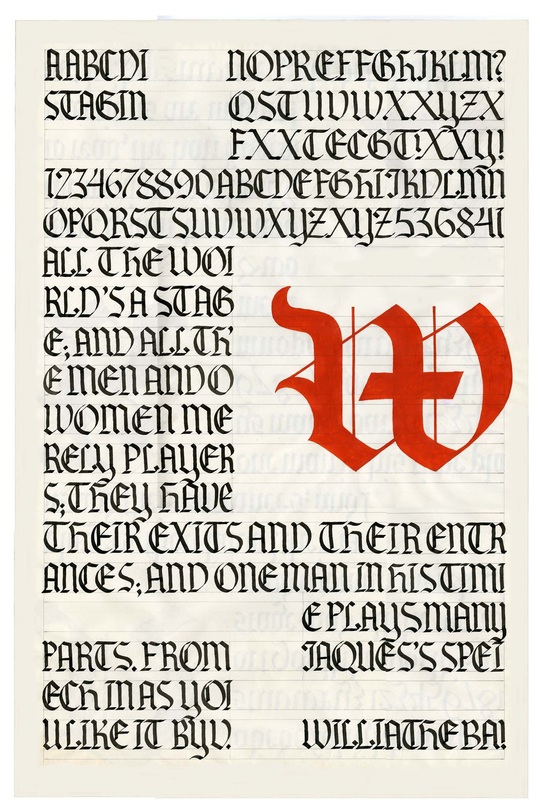

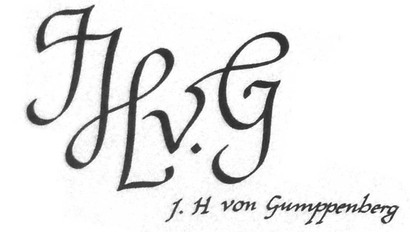














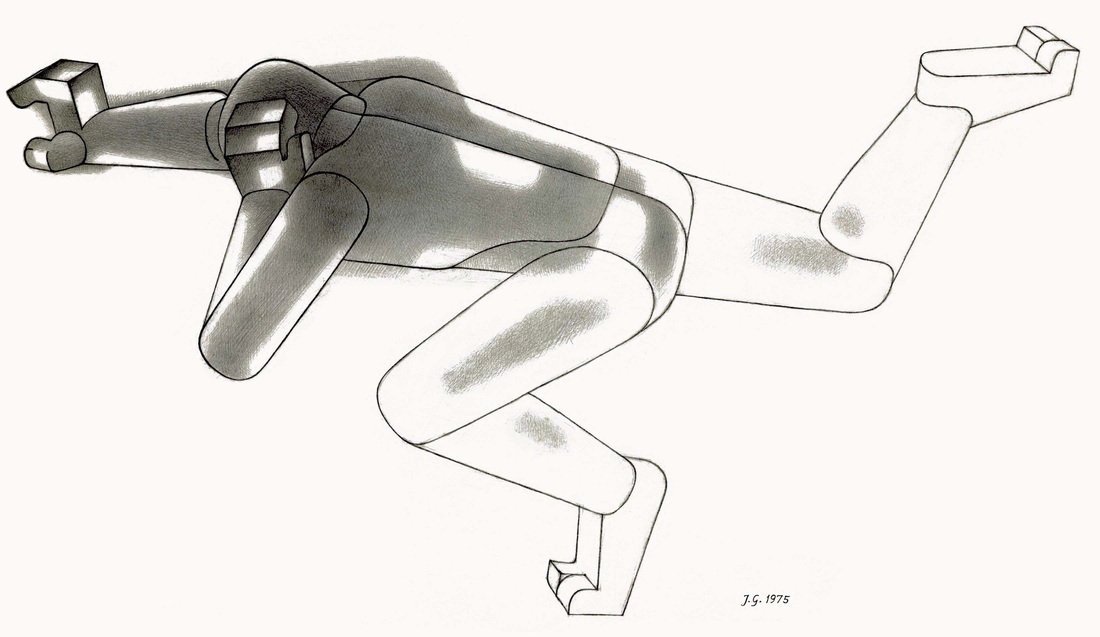










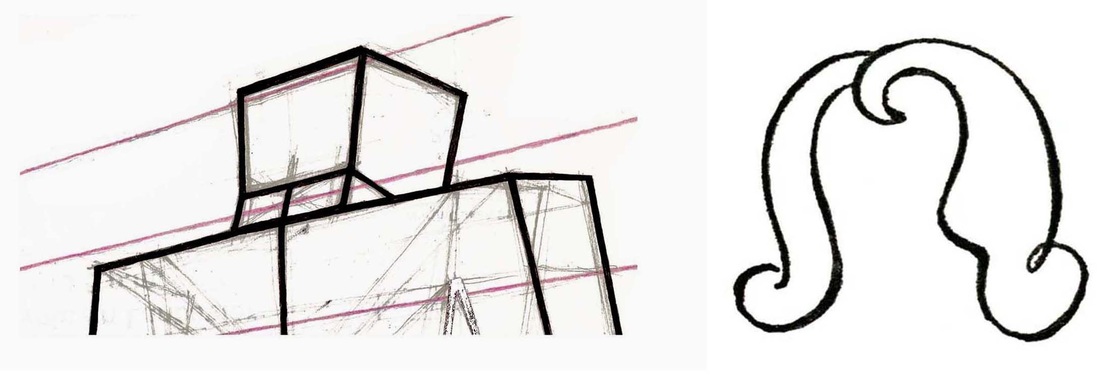





















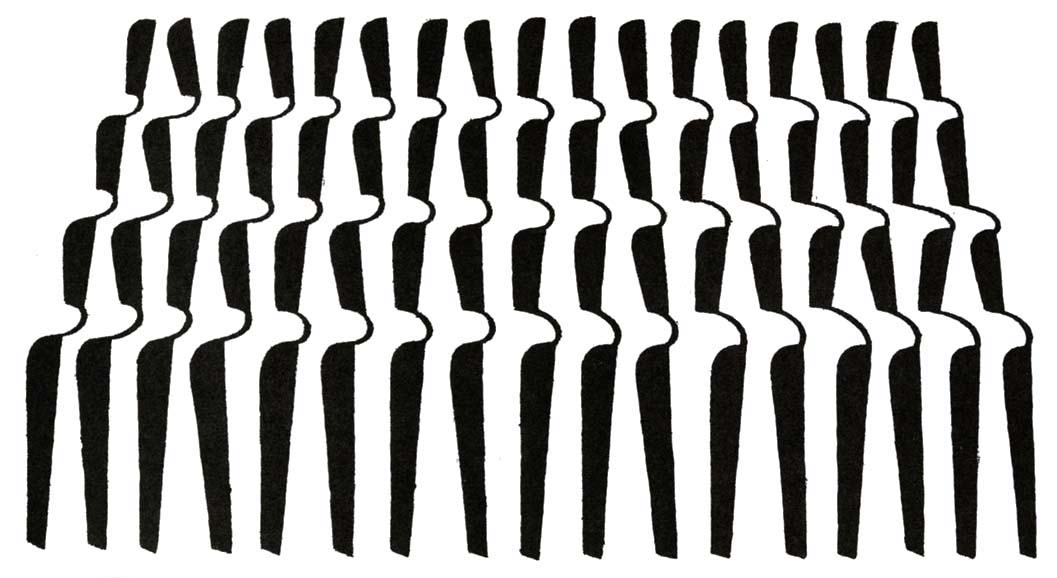










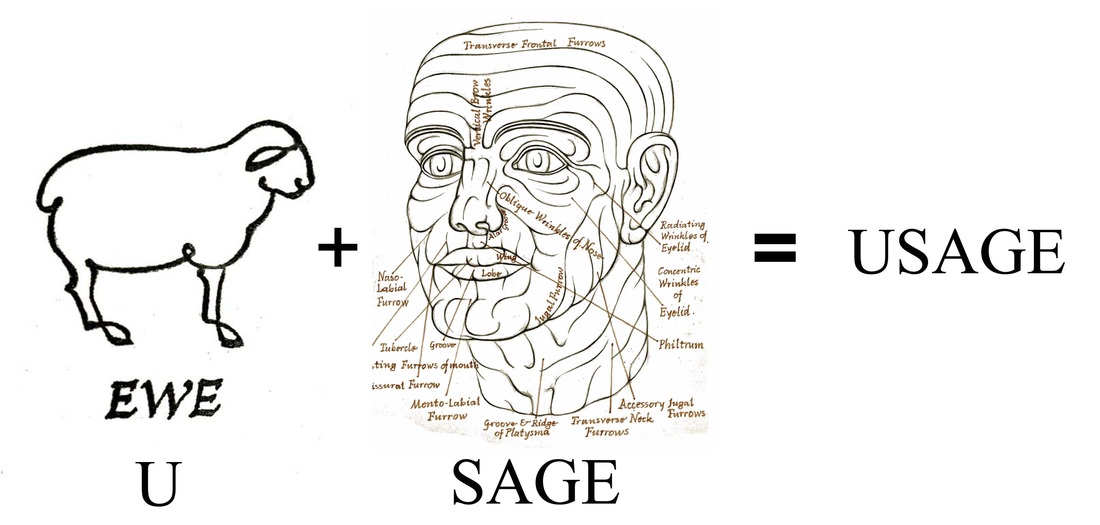
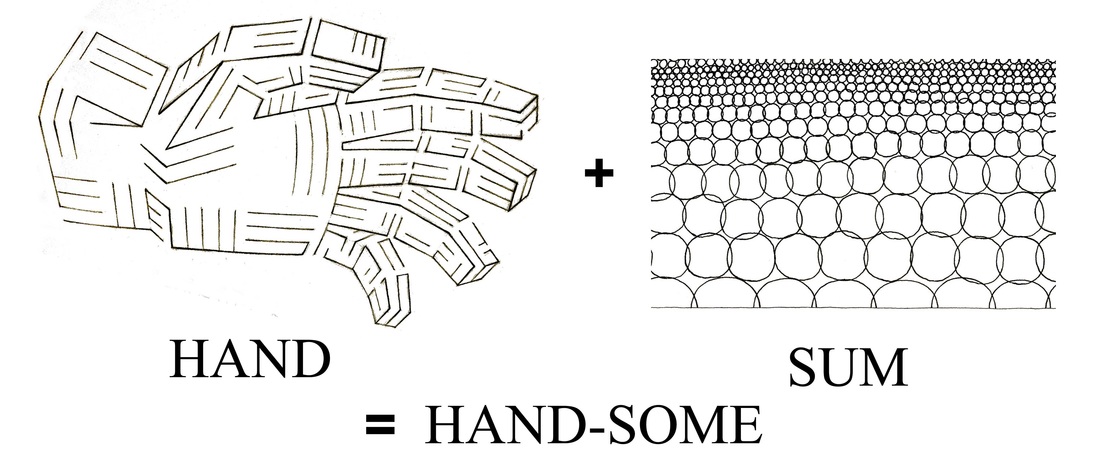
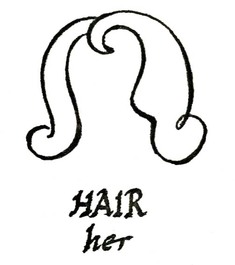
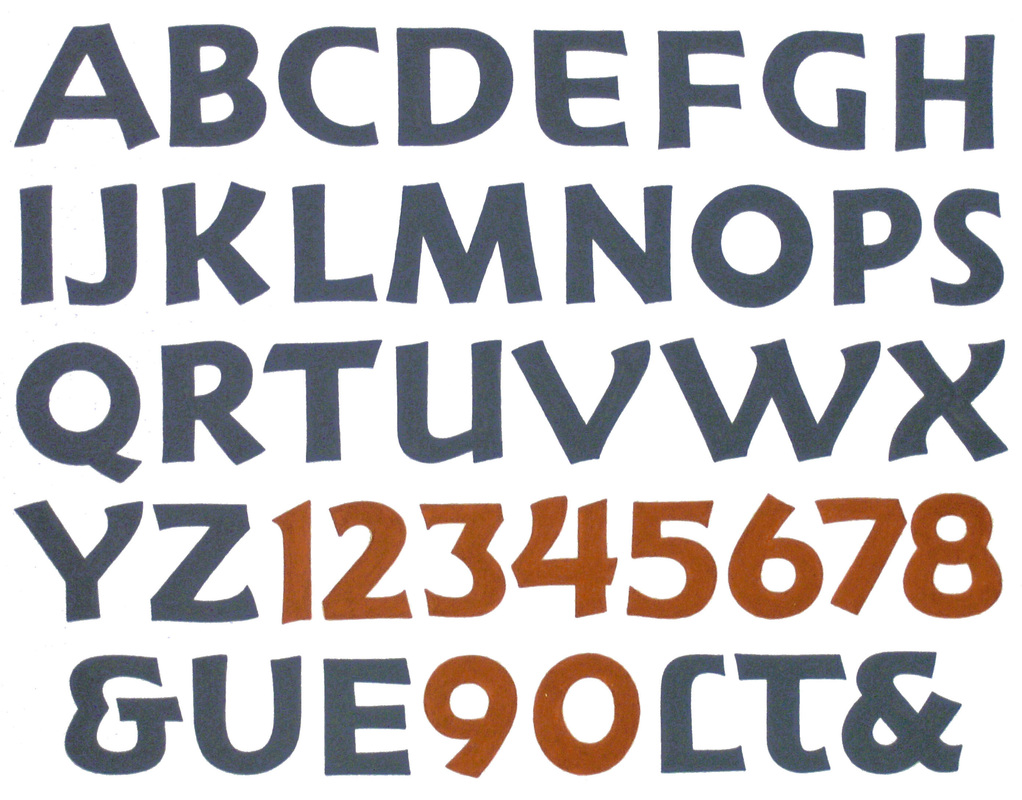












 RSS Feed
RSS Feed